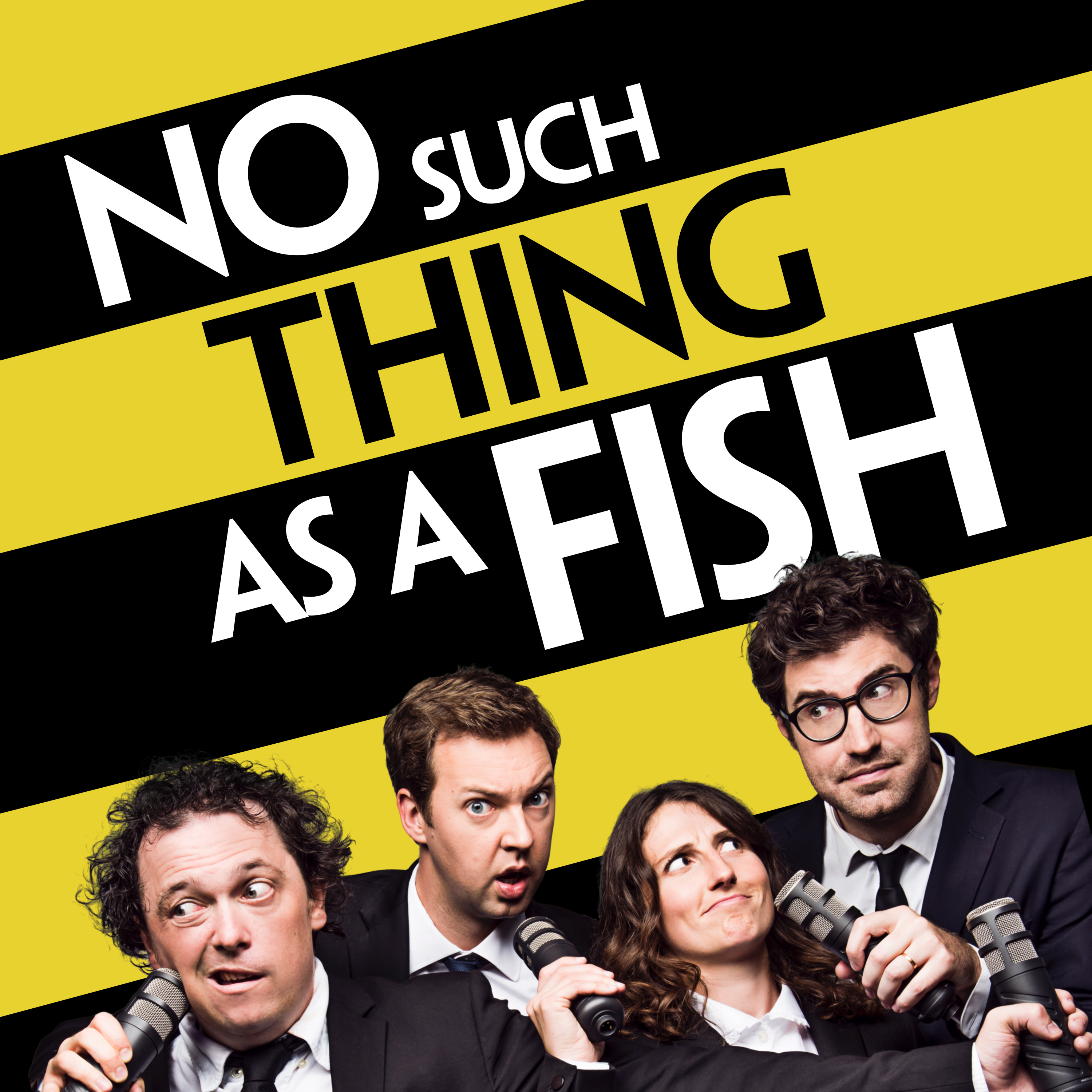
Piano, finally
Piano Finally is a podcast by an old bloke who is learning the piano, finally. I cover the process of learning the piano and music theory as an adult learner. I also review piano books, hardware and other materials from an adult learner's perspective.
Piano, finally
Episode 8 - Murphy plays the piano
Ever faced the frustration of coming home to find your prized electronic piano completely unresponsive? This week on Piano Finally, join me, David Reidy, as I recount my recent adventures—from a delightful trip to Queensland and smoothly handing over my Roland FP-30X to Nixon, Halley, and Ace, to the unexpected challenge of a non-functional Kawai NV-10 upon returning home. Discover the detailed troubleshooting process, the stellar customer service I received, and the planned repair that’s set to bring my piano back to life.
But that’s not all. This episode delves into the vulnerabilities of electronic instruments and the concept of single points of failure. We’ll explore why having a backup plan is vital for any pianist. Whether you’re an enthusiast of electronic or acoustic pianos, there are valuable tips and reflections in this episode to keep your practice on track, despite any setbacks. Don’t miss this candid discussion on the joys and frustrations of learning the piano later in life!
You can contact me:
- via email at david@pianofinally.show; this is probably the best option
- the show website, www.pianofinally.show
- Instagram and Threads @pianofinally
- and on YouTube
- all the podcast directories - list
- here's the RSS feed
Some of the links to books and other items mentioned in the podcast may affiliate links for Amazon or other providers. If you use one of these links, a commission may be paid to me at no additional cost to you. Thank you if you use a link.
All reviews of products, websites and services are unpaid, and no sponsorship has been received for any content on this podcast.
G'day everyone. I'm David Reidy and welcome to Piano, finally, a podcast by an old bloke who's getting around to learning the piano, finally. Welcome to Episode 8. Thank you for joining me again this week. If this is the first time you've found the podcast, welcome. You can subscribe on any of the popular podcast networks, including Apple Podcasts, Spotify and iHeartRadio, or from your podcast player of choice. You can even leave reviews from there. The podcast is also available on YouTube, but it's audio only. You can contact me by email or text. My email is david@ pianofinally. show, which is the best way to get in contact, but the show notes also have a text link where you can send an SMS via Buzzsprout, who hosts this podcast. This week's episode is back to normal as far as the recording goes.
David Reidy:The trip to Queensland was nice and the Roland electric piano handover went smoothly. Recording the episode went well once the kids were out of the house and it really made me appreciate the setup I have at home. For ease of use, especially for recording the piano, I'll include a page on the website that shows the equipment I use eventually, when I get around to redesigning the website. As you know from the last episode, I took my original Roland FP-30X up to Queensland to give to Nixon, halley and Ace. That went well and they are currently enjoying playing with it. Giving them the keyboard wasn't a problem as I have the Kawaii NV-10 at home for practice. But I'm sure we are all familiar with Murphy's Law If something can go wrong it will.
David Reidy:I got back from Queensland on Tuesday afternoon and after unpacking about half the stuff I took away with me, I sat down at the piano to do some practice. Nothing happened. The screen didn't light up and tapping the keys produced no sound other than the key noise. I checked that the power was still working. It was. I checked that the power cable was plugged into the piano and the power point it was. So I rang the shop that I bought it from, but it was late and the piano expert had left for the day. The next morning the shop rang back. We went through some quick questions and they said they'd organise a service call. Of course the piano is still under warranty. Their serviceman called me a few hours later and when I described what was happening he said he'd seen it before and it was most likely a particular one of the four power supplies inside the piano. He's going to bring a spare with him when he comes to do the repair. So the service so far has been great. We're currently at the stage of trying to work out a time for him to come to fix the piano. As I'm working full time that's going to be tricky, but he can probably make it late in the afternoon so I'll have a chance to get home from work. It probably means I'll be without the piano, though, for at least a couple of weeks.
David Reidy:All of this got me thinking about the one big disadvantage of electronic musical instruments over their unpowered counterparts. They have a single point of failure. The power supply breaking or something going wrong on a circuit board is enough to stop an electronic instrument from doing anything. In contrast, a failure on an acoustic instrument is rarely a complete showstopper. A string breaking on a violin or guitar still leaves the other strings working, and replacing the string is a few minutes work. Even a broken string in a piano leaves the instrument playable.
David Reidy:I've been trying to determine whether an acoustic piano has a single point of failure. The only thing I've been able to come up with is that, if you whether an acoustic piano has a single point of failure, the only thing I've been able to come up with is that if you have an acoustic piano with a locking fallboard and you lose the key, that would stop you playing. Otherwise, an awful lot has to go wrong to render a piano mute. Without a piano, my practicing would clearly fall behind, so a solution was needed my way around. A single point of failure is to have a backup.
David Reidy:Clearly, getting another big piano was out of the question. I don't have anywhere to put it, but I had been able to fit both the Roland FP-30X and the Kawai in with no problems, so something similar to the Roland would be a possible solution. I'm now a bit spoiled from using the Kawai, as it has a full grand piano action. The piano I play at lessons also is a grand piano, so I've got used to that nice feel. My first Roland had a nice action, but I noticed a difference when playing it last week, so I was looking for something better.
David Reidy:Roland has a PHA-50 action in their more expensive keyboards which is closer to an acoustic action. At least according to the reviews. It's in their FP-90X keyboard. Another thing about the FP-90X is that the first eight pianos in its instrument selection are modelled rather than sampled. That means the entire sound of the instrument is calculated based on the velocity information from striking the key. It's all maths, of course. That appeals to my maths and software developer tastes.
David Reidy:So the FP-90X was rapidly moving up in the list as a possible replacement. I checked the price at my favourite instrument shop, which also happens to be a Roland dealer, and found that there was a special deal that included the stand and the three-pedal unit at no additional cost. So I made the decision and bought an FP90X. I'll review setting the unit up in this week's show, but I've only had it for a few days and have barely worked through the numerous options it offers, so I won't review its functions until the next show. I will say that the key feel is really nice and the texturing on the keyboard is good too. Any more details are going to have to wait.
David Reidy:This week's YouTube suggestion is a site I found particularly useful over the past week. It's the Merriam Music channel. Merriam Music is a music school in Toronto. It also has a piano shop and a recording studio. Their YouTube channel is hosted by Stu Harrison, who does a great job of presenting a wide range of content, from general interest topics to in-depth reviews of pianos and other musical equipment. Stu's presentations are clear. He obviously knows what he's talking about and you never hear stuff that's just the marketing hype from the manufacturers. He's a skilled keyboard player and the musical examples he uses in the reviews vary widely in genre. The examples are often quite extended, giving you a good idea of how the instrument sounds. They're also just nice to listen to. Merriam is one of those shops that carries pianos from a wide range of manufacturers, so I'm more likely to trust their comparison videos, as they're probably not trying to push you in a particular direction. Their comparisons are one of the best things about the channel. Not only do they compare similar keyboards between brands, but also within brands. The comparisons are usually long around 20 minutes and are quite comprehensive. They also always include many examples of Stu playing the instruments, and usually with the recording made both with microphones and directly from the keyboard's line outs in the case of electronic instruments.
David Reidy:This was the site I headed to when looking for the new keyboard. There were reviews of the PF90X against the similar Yamaha and Casio keyboards, as well as with the other keyboards in the FP range. After watching a few of the videos, I had a fairly clear idea about the range of keyboards I was considering. There is an abundance of content, not just for keyboards, but also looking at computer-based music. While everyone was isolating from COVID, it seems that Stu got into reviewing the modelling and sampling software that was available, as going to the studio to use real instruments was out of the question. If you want to see what's available in both acoustic and electronic instruments, have a look at the Merriam Music channel. Even if you're not in Toronto, you'll still get valuable advice on your possible purchases.
David Reidy:The Roland FP-90X Part 1, getting Ready. This week's review is the first of two parts, and it's of my new Roland FP-90X electric piano. In this part of the review I'll talk about the setting up experience. In the next episode I'll look in more depth as I will have had more time playing the instrument and exploring its features. Let's start with getting the piano set up, and I'll look at it from the point of view of someone doing it alone. It's much easier with two.
David Reidy:The first thing to consider is the weight. The FP90X has a 60 watt amplifier, four speakers and a metal internal frame, so it's not light. The piano itself, with nothing attached, weighs 23 kilograms and in the box it weighs in at 33 kilograms. A single person can move the box with the help of a trolley and the unit itself is manageable if you balance it well and move slowly. The unit has an optional stand and three pedal unit. I have both. They're packaged separately and are considerably lighter. The Piano comes packaged with a single pedal unit as standard and it's not one of the cheap plastic ones. It's a proper, high quality pedal. I'll see if I can find a use for it somewhere else.
David Reidy:Assembling the stand is fairly straightforward. The only tool you'll need is a Phillips head screwdriver size 1, but I recommend a torch that's a flashlight. For the final step, unboxing the stand and assembling it, takes about 10 minutes. There are just six bolts holding the cross piece to the two sides. The instructions are quite clear and the diagrams make sure you get everything the right way around. Adding the three pedal unit to the stand involves attaching two small brackets to the sides three screws each and then sliding the panel into place. Two bolts finish that job. In all, about another 10 minutes. At the end of this step you've got the stand complete and standing securely ready for the keyboard.
David Reidy:Now comes the trickier part attaching the keyboard. This isn't difficult, but it takes more care than the earlier steps. The keyboard is held to the stand with four large bolts with knurled knobs. Getting these lined up is the tricky part. The keyboard has four holes that line up with four holes in the top of the stand, but there's nothing to help you align them, and if you're lowering the keyboard onto the stand, you can't see the holes. So you try to get it as close as possible. The easiest way I found to install the bolts was to lie down under the keyboard and line the holes up. This is where the torch comes in handy. It took a few minutes and, once done, the whole unit was really stable. Attach the music stand, which is made from clear acrylic, plug the power in and you're ready to go.
David Reidy:In the next part of this review next week, I'll go through what you can do with the FP90X now that it's set up. Well, that's it for this week. If you'd like to contact me, email is the best way. You'll find me at david at pianofinallyshow and the website at wwwpianofinallyshow. In both cases, pianofinally is all one word. The show is also on Facebook, Instagram and Threads. You can subscribe via any of the popular iOS or Android podcast applications or from the directories such as Apple Podcasts, spotify or YouTube Podcasts. The show notes for this episode are on the website and include a text me link which will also let you send me a message. So until the next episode, I hope your piano stays in tune or doesn't blow a power supply, and you enjoy your time at the keys. Lower power supply and you enjoy your time at the keys.
David Reidy:This week's practice was recorded on the Roland FP-90X. It is set to the grand piano mellow mode with the studio ambient setting at three. This is a modelled piano rather than a sampled instrument, so maths and software all the way. Once more, the piece is Gigue by Samuel Arnold, which I feel I finally have under my fingers. It's now just a matter of getting it up to the recommended tempo. I'll have to find a new piece to work on for the repertoire. Thank you.
Podcasts we love
Check out these other fine podcasts recommended by us, not an algorithm.

Connected
Relay
Upgrade
Relay
No Such Thing As A Fish
No Such Thing As A Fish
We Can Be Weirdos
Global
Stuff The British Stole
ABC and CBC
The iDeveloper Podcast
Steve Scott (Scotty) & John FoxRaven On: A Pop Culture Podcast
Natalie Bochenski & Stuart Layt
Smart Enough to Know Better
Dan Beeston & Greg Wah
TopMusic Piano Podcast
Tim Topham
The Chopin Podcast
Garrick Ohlsson and Ben Laude



